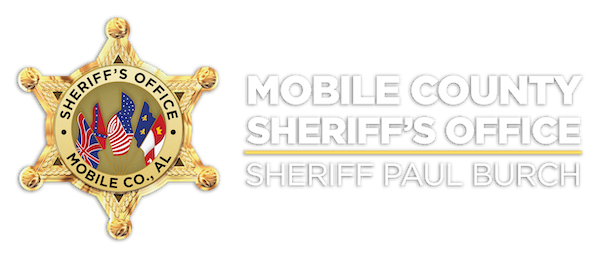Why is Carjacking a Problem?
No one knows for certain, but some explanations include:
1. It’s a crime of opportunity - a thief searching for the most vulnerable prey. Sometimes, it’s the first step in another crime.
2. For some young people, carjacking may be a rite of passage, a status symbol, or just a thrill.
3. Cars, especially luxury ones, provide quick cash for drug users and other criminals.
4. Sophisticated alarms and improved locking devices make it harder for thieves to steal unoccupied cars.
5. It’s easy to buy, steal, or barter for guns in this country. A pointed gun makes a powerful threat.
6. More teens and adults commit crimes of violence than ever before.
7. Intense media interest may have created “copycat” carjackers.
Anywhere, Anyone
1. Most local and state criminal codes don’t define “carjacking.” It’s reported as either auto theft or armed robbery. This means that no solid statistics exist on time, place, and victims.
2. Though carjackings can occur anytime, a sizable share appear to take place during the late night hours.
3. Carjacking isn’t just a problem in large cities - it happens in suburbs, small towns, and rural areas.
4. Carjackers look for opportunity. They don’t choose victims by sex, race, or age.
Golden opportunities: what do carjackers look for?
1. Intersections controlled by stop lights or signs.
2. Garages and parking lots for mass transit, shopping malls, and grocery stores.
3. Self-serve gas stations and car washes.
4. ATMs (automated teller machines).
5. Residential driveways and streets as people get into and out of cars. 6. Highway exit and entry ramps, or anyplace else that drivers slow down or stop.
The “Bump and Rob”
It works like this. A car, usually with a driver and at least one passenger, rear-ends or “bumps” you in traffic. You quickly get out to check the damage and exchange information. Either the driver or one of the passengers jumps in your car and drives off.
1. If you’re bumped by another car, look around before you get out.
2. Make sure there are other cars around, check out the car that’s rear-ended you and who’s in it. If the situation makes you uneasy, memorize or jot down the car’s tag number and description; signal the other car to follow you. Drive to the nearest police station or to a busy, well-lighted area.
3. If you do get out of the car, take your keys (and purse or wallet if you have one) with you and stay alert.
